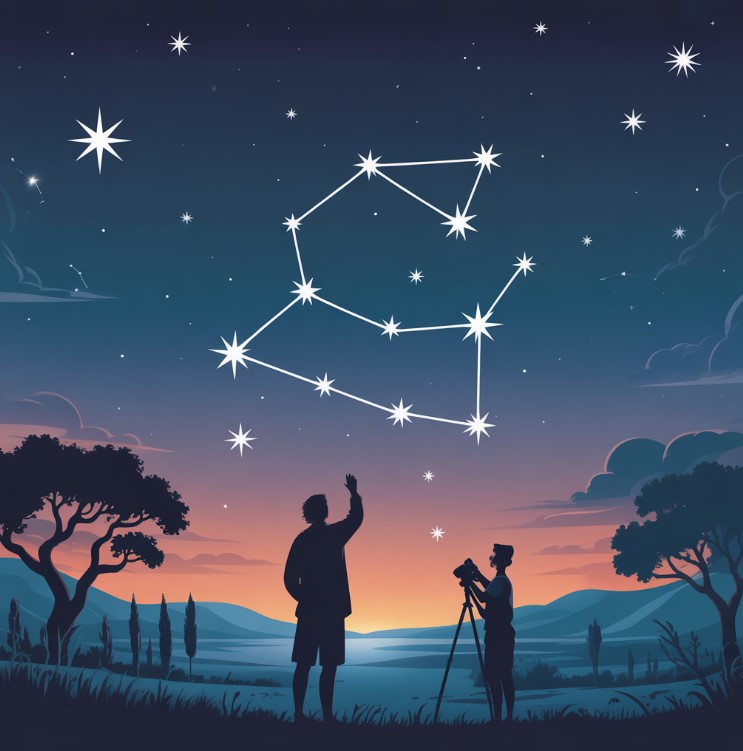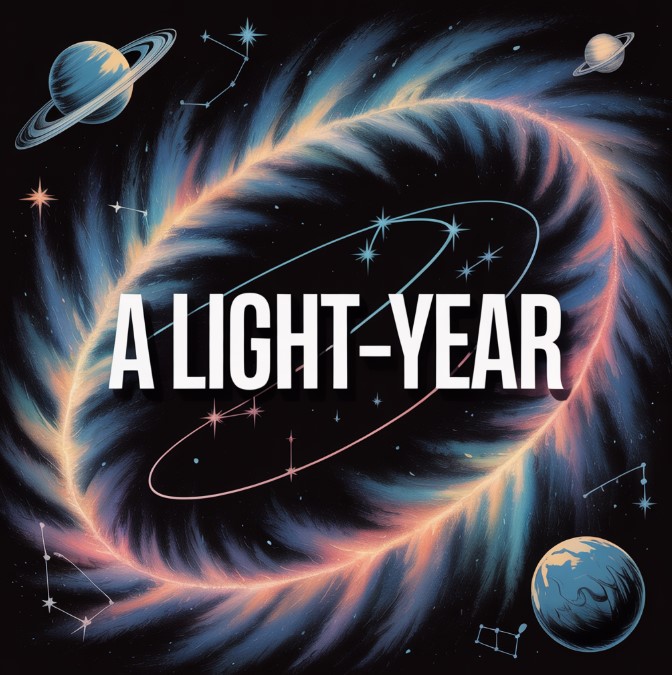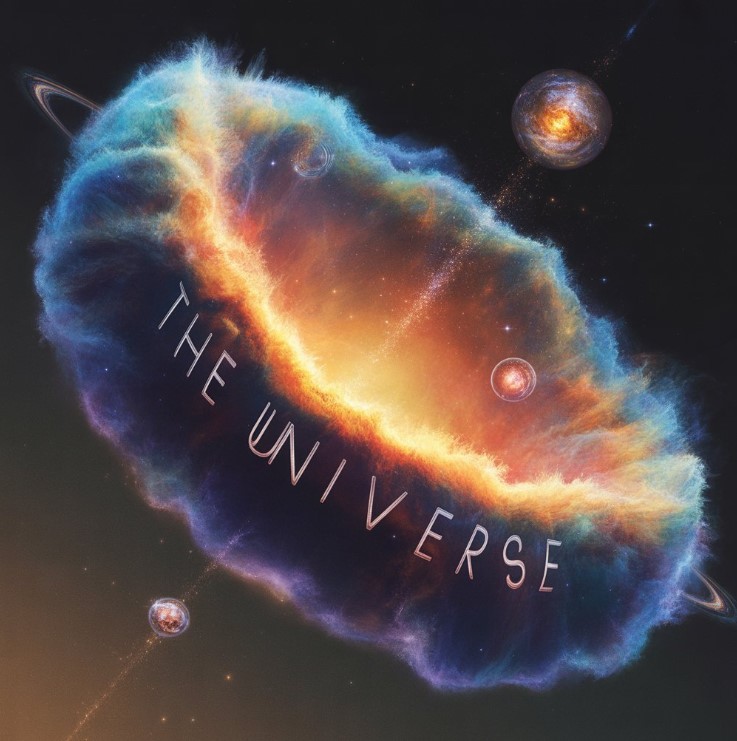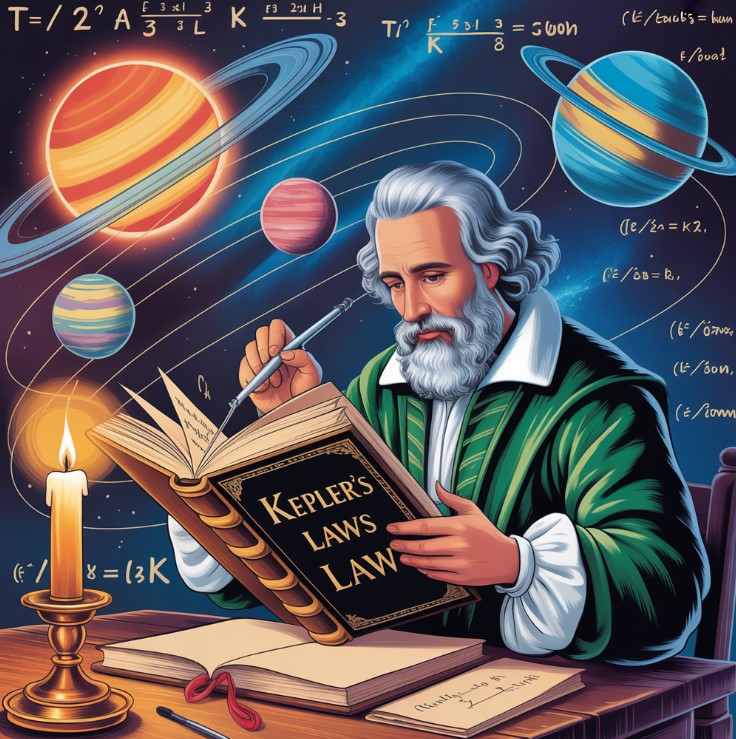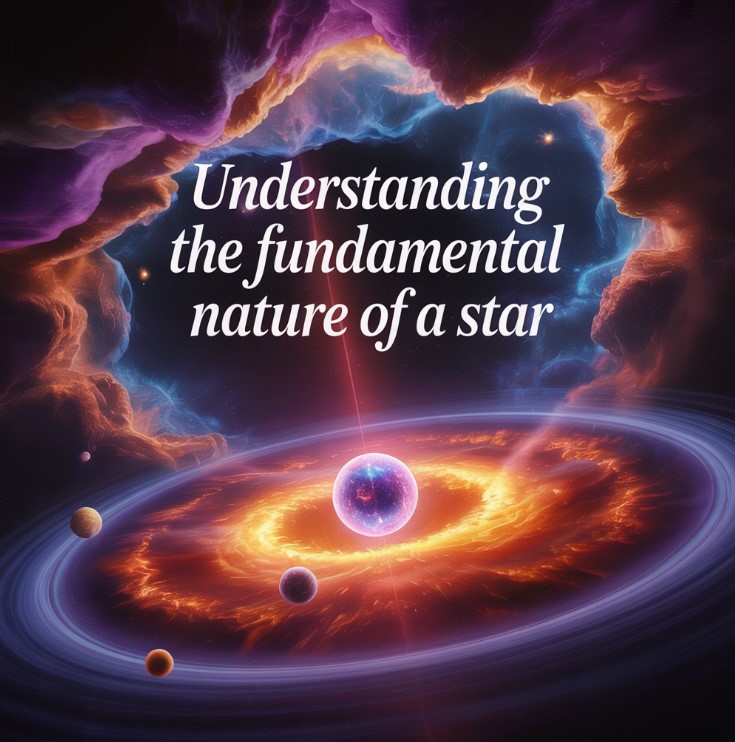Contents
Have you ever gazed at the night sky and wondered about the constelations scattered across it? From the mythical Ursa Major to the majestic Orion, these star patterns have captivated human imagination for centuries. In this article, we’ll explore the most famous constellations and the fascinating stories behind them.
Thanks to mobile apps and online tools, astronomy is no longer an inaccessible science—it’s now a growing interest for many. Unlike in the past, we can now locate major constellations with just a smartphone, something that was nearly impossible just a few decades ago.
If you love astronomy, you’ve likely searched for a spot with minimal light pollution to observe the stars on a clear night. Beyond visiting an observatory or lying under the night sky, you can learn about constellations using space apps that help you find them. You may have studied them as a child or been curious about them, but this guide will refresh your memory on the most famous ones.
Names of the Most Well-Known Constellations
Each constellation has a name and a group of stars that form its shape, often resembling its name. The International Astronomical Union (IAU) officially recognizes 88 constellations, with 47 identified by the Greek astronomer Claudius Ptolemy (c. 100–170 AD) in his celestial catalog. The remaining 41 were added later, mostly between the 16th and 18th centuries, aiding navigators and explorers.
These star patterns are often linked to the zodiac and Greek mythology. Most have a brightest star that stands out. However, not all are visible worldwide—they’re divided into southern (visible from the Southern Hemisphere) and northern (visible from the Northern Hemisphere). The Northern Hemisphere has 36, while the Southern Hemisphere has 52. The most recognizable are the zodiac constellations, but others are also worth knowing.
Ursa Major (The Great Bear)
One of the most famous constellations in the Northern Hemisphere, Ursa Major is visible year-round near the north celestial pole. Its stars form a shape resembling a plow or ladle, earning it the nickname “The Big Dipper.” It’s useful for locating the North Star (Polaris).
To find Polaris:
- Locate Ursa Major.
- Identify the two stars forming the outer edge of the “dipper.”
- Draw an imaginary line extending five times their distance—this leads to Polaris, a key navigation star.
Ursa Major is one of the 48 constellations listed by Ptolemy and consists of seven bright stars, including Dubhe and Merak, which point toward Polaris.
Ursa Minor (The Little Bear)
Smaller and dimmer than Ursa Major, Ursa Minor also has seven stars, with Polaris as its brightest. It’s crucial for navigation, marking true north.
Unlike Ursa Major, Ursa Minor’s “dipper” has only two bright stars: Kochab and Pherkad. Polaris sits at a similar distance from the end of the “handle.”
Orion (The Hunter)
Visible from both hemispheres, Orion is one of the most striking constellations. Its stars form a warrior with a shield and weapon, and its three-star belt makes it easy to spot.
Orion contains:
- Betelgeuse, a massive star expected to go supernova.
- The Orion Nebula, a stellar nursery where new stars form.
Cassiopeia
Recognizable by its M or W shape, Cassiopeia helps locate north when Ursa Minor isn’t visible. Its brightest star is Schedar (Alpha Cassiopeiae).
Notable features:
- SN 1572, the youngest supernova observed in the Milky Way.
- M52, a star cluster visible with binoculars.
Canis Major (The Great Dog)
Home to Sirius, the brightest star in the night sky, Canis Major resembles a dog. Sirius, a binary star, was revered by ancient Egyptians.
Corona Borealis (The Northern Crown)
A small, semicircular constellation near the celestial equator, it’s harder to spot due to its faint stars. Its brightest star is Alphecca (Alpha Coronae Borealis).
Lyra (The Lyre)
Linked to the myth of Orpheus, Lyra is easy to find thanks to Vega, one of the brightest stars, forming an asymmetrical square.
Andromeda
Named after a Greek princess, Andromeda contains the Andromeda Galaxy (M31), the closest galaxy to the Milky Way. Its brightest stars are Alpheratz and Mirach.
Centaurus (The Centaur)
A large constellation representing a half-human, half-horse creature. It includes:
- Alpha Centauri, the closest star system to Earth.
- Proxima Centauri, a planet-hosting star 4 light-years away.
Zodiac Constellations
Beyond these, 12 zodiac constellations hold astrological significance:
- Aries (Ram) – Brave, adventurous.
- Taurus (Bull) – Practical, loyal.
- Gemini (Twins) – Curious, communicative.
- Cancer (Crab) – Intuitive, protective.
- Leo (Lion) – Ambitious, confident.
- Virgo (Virgin) – Intelligent, detail-oriented.
- Libra (Scales) – Balanced, just.
- Scorpio (Scorpion) – Passionate, mysterious.
- Sagittarius (Archer) – Adventurous, optimistic.
- Capricorn (Goat) – Disciplined, responsible.
- Aquarius (Water Bearer) – Independent, original.
- Pisces (Fish) – Intuitive, creative.
A 13th constellation, Ophiuchus, is often excluded for historical reasons.
Can You See Constellations Anywhere?
Not all constellations are visible from everywhere. Some require tools, while others are easily seen. Northern Hemisphere observers can see Pisces, Aries, Taurus, Gemini, Cancer, and Leo, though visibility depends on latitude.
Apps like Star Walk 2, Sky Tonight, or Google Sky help locate constellations easily.
Final Thoughts
Stargazing connects us to ancient myths and traditions. Whether you’re identifying your zodiac sign or exploring deep-sky objects, modern apps make astronomy accessible. All you need is a smartphone to turn the night sky into a map of stories—no telescope required!
